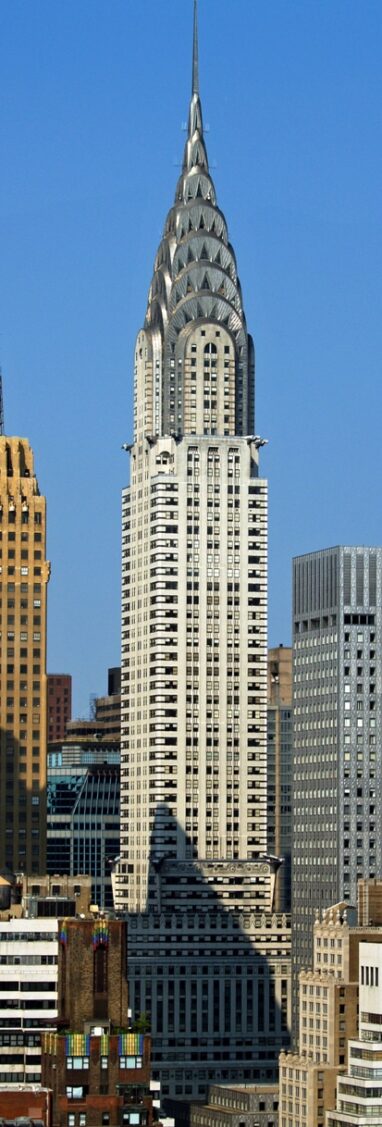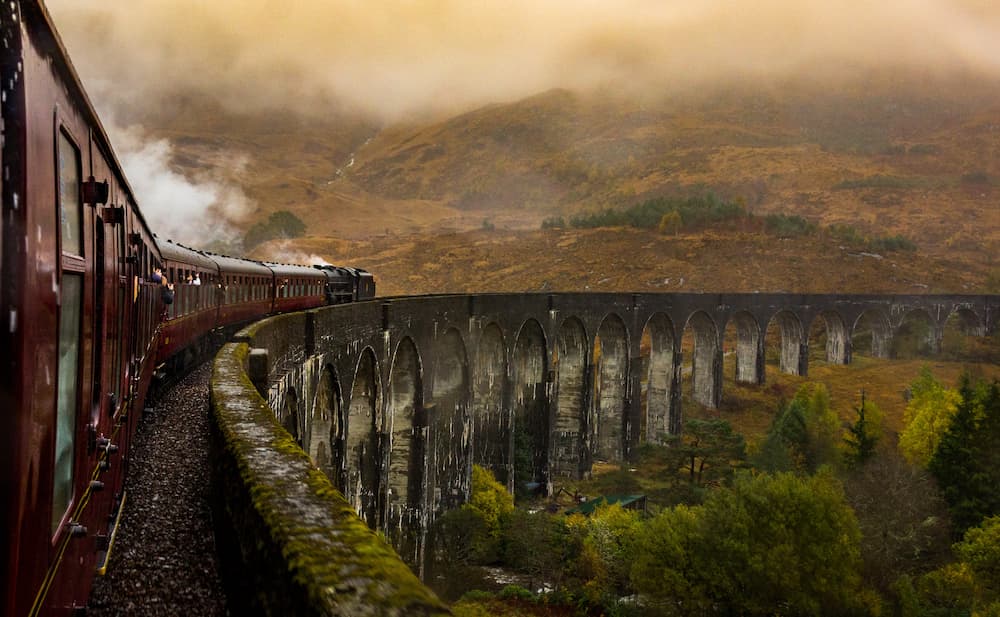Once upon a time, travel was a luxury afforded to a select few. There were no cheap-o airlines that packed passengers like sardines. Rail travel took off by the late 19th century because trains could move people or goods across a continent with speed and accuracy. Journeys further afield became a reality for many travelers. In 1883, the Compagnie Internationale des Wagons-lit (CIWL) took its maiden voyage between Paris and Vienna. By the 1930s and 40s, several routes by CIWL thrived. Members of the fleet included: Le Train Bleu ( 1922), La Etoile du Nord (1927), La Fleche d’Or, Oisseau Bleu, Le Sud Express, and the Cote de Azur. The most famous line was the Simplon Orient Express, made popular by Agatha Christie’s 1934 novel Murder on the Orient Express. The voyage stretched from Paris to Istanbul over a series of eight days. What made the Orient Express memorable was the luxury Art Deco and Beaux-Arts designs inside the railcars that spoke to the vibrancy and contradictions of Interwar Europe.
Beaux-Arts and Art Deco: How did a style define a decade?
Beaux-Arts and Art Deco movements call Paris their philosophical home. The style places particular importance upon classical antiquity, particularly Imperial Rome and the time of Augustus. This influence shows from the delicate arches and decorative capitals typical in this type of architecture. Iron and glass were modern materials added into the otherwise classic style motif. It is unsurprising, as, during this period, France was redefining its government in a post-Revolutionary landscape. This style would remain popular through the end of the 19th century, creating notable structures such as Le Grand Palais built 1897-1900.

Gullihem Vallut, Front Entrance of the Grand Palais, 2014 via Wikipedia
Art Deco took the graceful curves and modern materials such as glass and steel and created a distinct graphic style. Art Deco picked up where Beaux-Arts left off in the years preceding World War I and taking off in the 1920s, 30s, and 40s. Famous examples of work created in this era include the graceful, glass-topped Chrysler building, a poster for the Moulin Rouge by Charles Gesmar (1925). There were no hard edges or short lines. Everything was elongated, graceful, simple. Fruit, flowers, and nature were common themes from the movement.

Photo by David Shankbone, The Chrysler Building, William Van Allen, 1930 via Wikipedia.

Charles Gesmar, Le Moulin Rouge, 1925 via Wikipedia
Lalique and Prou set the Scene on Board the Orient Express.
Hercule Poirot famously stepped onto a train called the Taurus at the beginning of Agatha Christie’s novel. The Taurus was indeed a real train in the Orient Express fleet. On the Anatolia line, which eventually reached from London to Istanbul. The Orient Express also made intermediate stops in Paris, Milan, Venice, Bucharest, and Athens. The most famous car onboard the Taurus is the dining car. It is replete with wooden paneling made of rosewood, mahogany, and ebony set off with intricate glass panels.

Lighting fixtures aboard the orient express via Pinterest

Photo by Murdochcrc, CIWL Train Crest, via Wikipedia
This intricate and timely setting would not be possible without the work of Rene Prou, a Nantes-born, Paris-educated interior designer/furniture maker, and Rene Lalique, an artisan who worked in molten glass and created the famous panels aboard many CIWL trains. Together, their vision of luxury shaped a generation and set the trend of luxury travel. Princess Grace of Monaco was among the elite few afforded passages on the Orient Express. Prou had a style that focused explicitly on wood inlays called marquetry, including many types of exotic wood to create a design or pattern. Florals were trendy. Neo-Classical floral garlands on designed by Englishman Alfred Dunn lined the walls. Clear Lalique glass depicting the Muses, particularly the three graces serving wine at a Bacchanalia. Shiny bronze sconces and rails set off against the walls. Highly decorated upholstery in bright hues decorated the cabin on the floors, a red, plush carpet.
In a world of post-war anxiety, glamourous champagne-soaked madness was an apparent escape. Art Deco presented luxe by orderly designs that brought comfort to an unstable world in a delicate state of détente. At the same time, train travel and technology rapidly opened a new world. Style and luxury belie a delicate balance between the horrors of the past and the wonders of the future. Trains offer a liminal space to explore the possibilities of far-off lands.

Photo example of Maquetry in the Orient Express Dining Car via Pinterest

Rene Lalique, 3 Muses Glass Inlay, 1927 via Pinterest
Bibliography
Calderwood, Gary. 2021. Calderwood Gallery: Rene Prou. Accessed June 21, 2021. https://www.calderwoodgallery.com/rene-prou.
Green, Steph. 2021. Art Deco Origins. Accessed June 21, 2021. https://www.belmond.com/ideas/articles/art-deco-architecture-paris-roaring-twenties.
Lambert, Anthony. 2013. Orient Express Great Train Journeys. January 20. Accessed June 21, 2021. https://www.telegraph.co.uk/travel/rail-journeys/The-Orient-Express-Great-Train-Journeys/.
Loveschic, Miss. 2019. Murder on the Orient Express. January 31. Accessed June 21, 2021. https://missloveschic.com/2019/01/31/murder-on-the-orient-express-by-agatha-christie/.
Orient Express. 2021. On Board the Orient Express. Accessed June 21, 2021. https://www.orient-express.com/the-train-today/on-board-the-orient-express/.
Wikipedia. 2020. Lalique. July 16. Accessed June 21, 2021. https://en.wikipedia.org/wiki/Lalique.
Zimmerman, Greg. 2011. R.Lalique Express Rolls On. October 1. Accessed June 21, 2021. https://rlalique.com/blog/?p=272.




